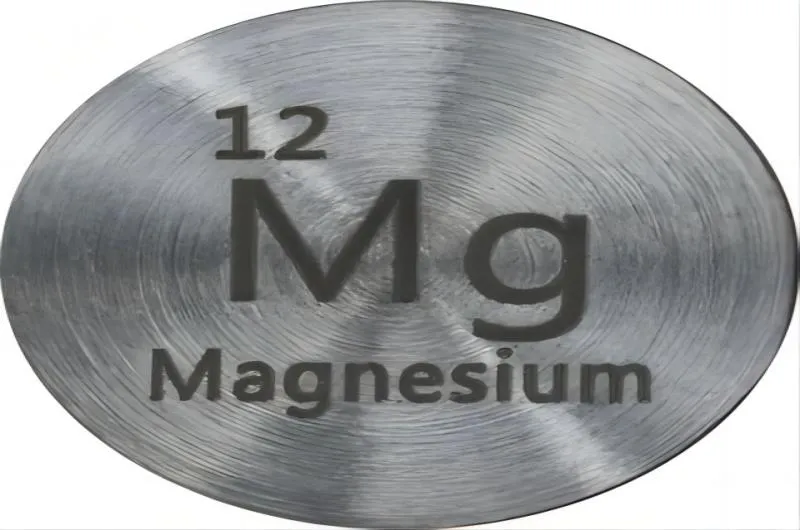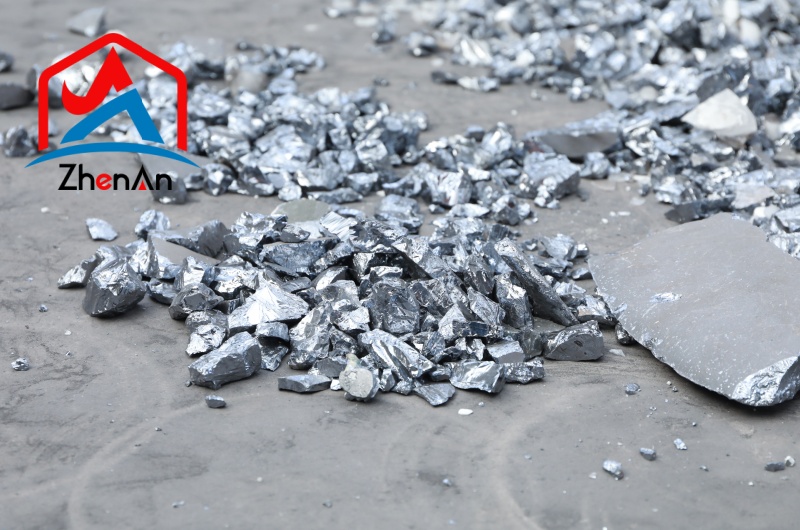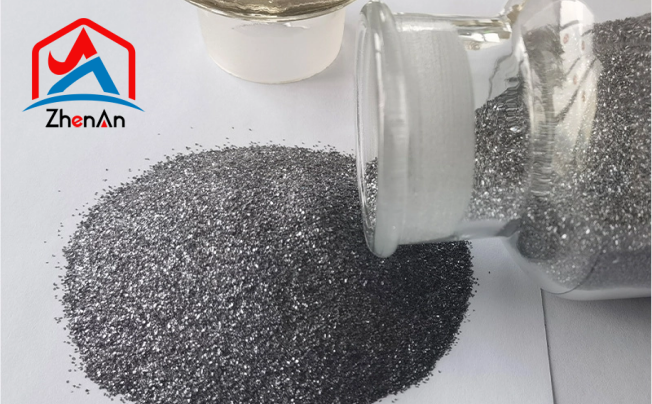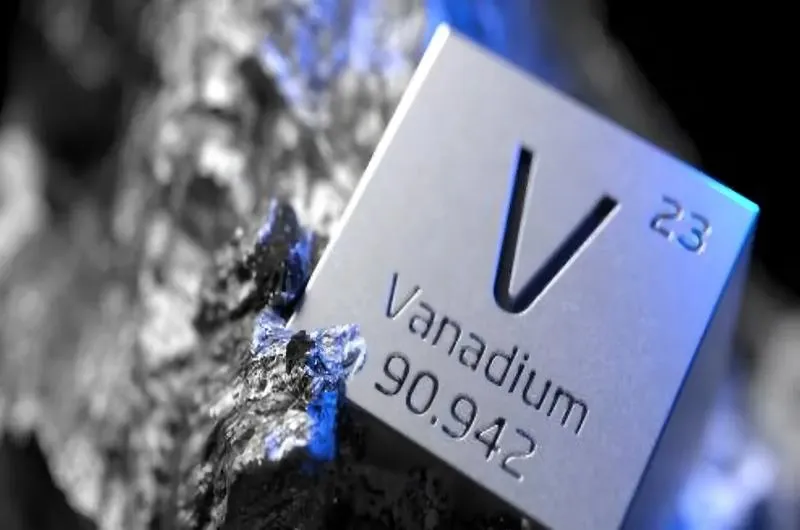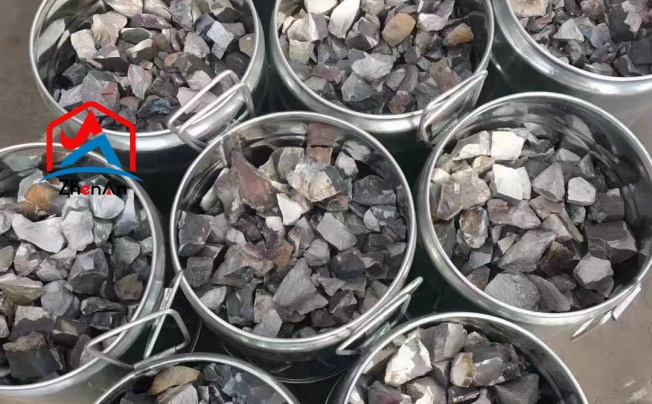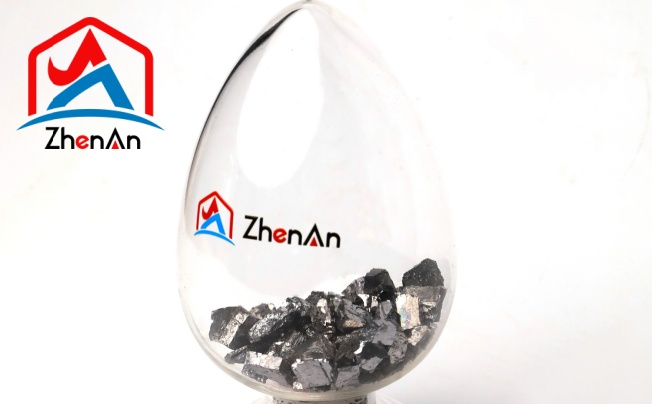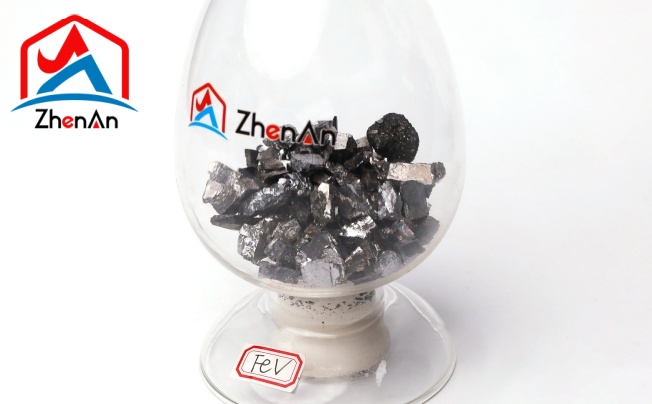BY  GENN
GENN
2024/04
Blog
About Metal Magnesium
Corrosion Susceptibility of Magnesium
Magnesium, at the same time as being diagnosed for its light-weight and excessive power-to-weight ratio, is considerably susceptible to corrosion. This susceptibility considerably limits its packages in environments in which they’re exposed to corrosive dealers. Magnesium reacts with water to form magnesium hydroxide and hydrogen, a procedure that speeds up while salt water is worried, consequently posing important and demanding situations in marine applications.
one of the primary mechanisms of magnesium corrosion is galvanic corrosion. While magnesium is in contact with a more noble metal in the presence of an electrolyte, it acts because the anode corrodes preferentially. That is an important attention within the design of multi-metallic assemblies in car and aerospace industries.
Furthermore, magnesium alloys are liable to pitting corrosion, which can provoke deposits at the metallic surface where moisture collects. This form of localized corrosion is dangerous due to the fact it could cause structural screw-ups before enormous, widespread corrosion becomes obvious.
To mitigate those troubles, magnesium is regularly treated with surface coatings or employed in alloys with factors like aluminium, zinc, and manganese, which beautify its corrosion resistance. Regardless of those measures, the inherent chemical properties of magnesium necessitate careful attention and control of its programs, mainly wherein exposure to corrosive environments cannot be prevented.
High Cost of Pure Magnesium Production
The production of natural magnesium is extensively highly-priced, basically due to the intricate processes concerned with its extraction and refinement. Magnesium is extracted mainly from seawater and minerals like dolomite and magnesite, which require huge energy consumption during electrolysis or thermal discount techniques. These methods are not only electricity-in-depth but additionally necessitate state-of-the-art and costly gadgets to maintain the excessive temperatures and controlled environments vital for green manufacturing.
Additionally, the monetary burden is compounded by way of the fee of power, which is a first-rate issue within the overall price of producing magnesium. Excessive power costs can extensively boom operational charges, affecting the scalability and feasibility of magnesium production on a massive scale. This is especially impactful in areas where power prices are prohibitively excessive or where there is a loss of infrastructure to support such electricity demands.
Moreover, the desire for strict environmental controls and regulations provides another layer of cost. The manufacturing technique of magnesium can cause the emission of greenhouse gases like carbon dioxide and sulfur dioxide, which necessitate superior and frequently luxurious treatment technology to fulfil environmental standards. Those regulatory requirements, even as important for environmental protection, increase the overhead expenses for producers and, therefore, the marketplace fee of magnesium.
Given these factors, the excessive price of producing pure magnesium can limit its use in industries that require price-efficient substances, no matter magnesium’s high-quality residences, including light-weight and excessive electricity-to-weight ratios.
Challenges in Welding Magnesium Alloys
Welding magnesium alloys offers several technical challenges that could affect the fabrication and sturdiness of components made from this lightweight steel. Magnesium’s wonderful bodily and chemical properties require specialized techniques and precautions in the course of the welding procedure.
One sizeable project in welding magnesium alloys is their high affinity for oxygen. When exposed to air at excessive temperatures, magnesium can burn or form an oxide layer that compromises the weld’s integrity. This oxidation can occur unexpectedly as magnesium melts at about 650°C, an exceptionally low temperature as compared to different metals.
Magnesium alloys are also prone to thermal cracking because of their excessive thermal growth coefficient and low melting factor. For the duration of the cooling phase, uneven contraction can cause stresses that produce cracks in the weld joint. Making sure uniform warmth distribution and controlling the cooling price are critical to mitigating this trouble.
Handling and Safety Concerns with Magnesium Metal
Magnesium metal, even as useful in several applications due to its lightweight and mechanical houses, presents good-sized coping with and protection issues. These worries, in most cases, stem from magnesium’s high chemical reactivity and the chances associated with its combustion.
one of the primary protection issues is magnesium’s flammability. Magnesium burns at a temperature of about three, hundred degrees Celsius (5,610 degrees Fahrenheit), and, once ignited, it could be extraordinarily difficult to extinguish. Using water to douse magnesium fires is contraindicated as it may exacerbate the fireplace, releasing hydrogen fuel which is itself tremendously flammable.
Moreover, the management of magnesium requires particular protection protocols to mitigate risks related to its reactivity. As an example, magnesium powder or dust may be dangerous; satisfactory debris can grow to be airborne and pose a hazard of dirt explosions. Strict rules and tips ought to be followed to control and keep magnesium substances effective.
Additionally, the combustion of magnesium produces magnesium oxide, a great white powder that, even though not enormously toxic, can cause respiratory inflammation if inhaled. It’s imperative that good enough ventilation systems are in the area and that personnel are equipped with appropriate respiration-protecting gadgets while running in environments in which magnesium is being machined or burned.
In the end, while magnesium is metallic with many effective properties, the management and safety concerns related to it are non-trivial and require rigorous attention to protection protocols and emergency response measures to prevent accidents and ensure the protection of those handling this reactive metal.




